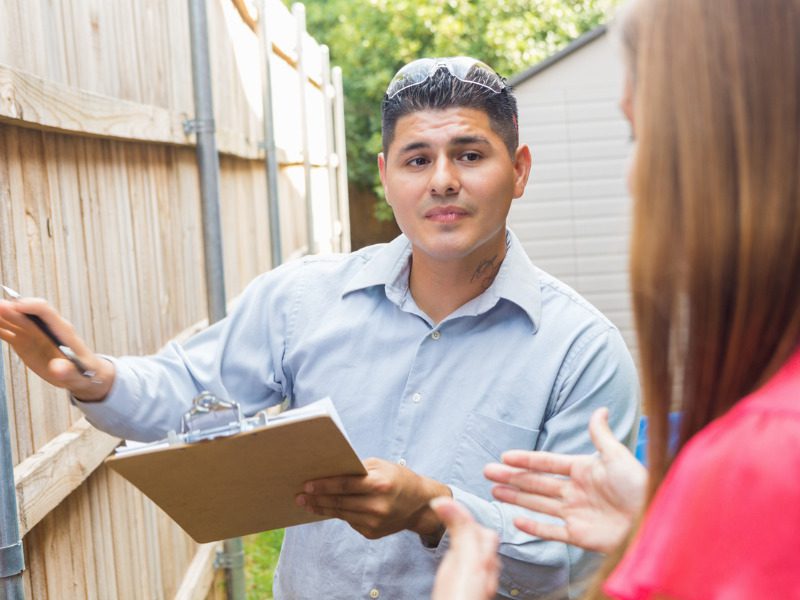One concerning trend for independent adjusters

Canadian P&C carriers appear to be taking claims adjusting expenses in-house more often than several years ago, a trend of concern to the independent adjusting community.
The good news is that net loss ratios since 2006 and the proportion of these ratios attributable to adjustment expenses hover between 8 and 11 points on the loss ratio (and, as a consequence, on the combined ratio), MSA Research president and CEO Joel Baker wrote in a recent report. “So far so good,” he commented in Let’s Take it Inside, an article in the MSA Quarterly Outlook Report for 2022 Q4.
For independent adjusters (IA), the bad news comes when examining the divide between unallocated loss adjustment expenses (ULAE), or carriers’ internal expenses, and allocated loss adjustment expenses (ALAE), or insurers’ external expenses. In essence, ULAE are not attributable to a specific claim, while ALAE are attributed to the processing of a specific claim.
“When examining the bifurcation between internal unallocated (ULAE) and external allocated (ALAE) net loss adjustment expenses incurred, one can see that the equilibrium that prevailed until 2015 was broken in 2016 and diverged most profoundly in 2021,” Baker wrote. “The trend is not the IA’s friend.”
MSA Research last examined trends in adjustment expenses in 2016, “the momentous year of the Fort McMurray wildfire,” Baker said in reference to Canada’s costliest disaster. “These trends directly impact the fate of Canada’s IAs, big and small, and are well worth noting by everyone. It is the IA community that provides carriers variable resources — ramping up when Cats hit and ramping down in quieter times.”
According to the report, in 2016, carriers’ internal LAEs (ULAEs) reached about 58% compared to about 42% for external LAEs (ALAE). It diverged most profoundly in 2021, as Baker noted, when carriers’ ULAEs were up to about 62% compared to about 38% for ALAEs.
Carriers are retaining between 54% and 62% of LAE in recent years, Baker said. “This is a testament to the growing scale of carriers as well as the increased frequency of Cats,” he said. “Carriers also benefit from sales tax savings when taking LAE internally.
“While the rising tide of increased Cat activity will raise all boats, the internal boats may climb yet higher. As we said before, it is in the industry’s interest in ensuring that the IAs stay viable and healthy.”
Feature image by iStock.com/SDI Productions



